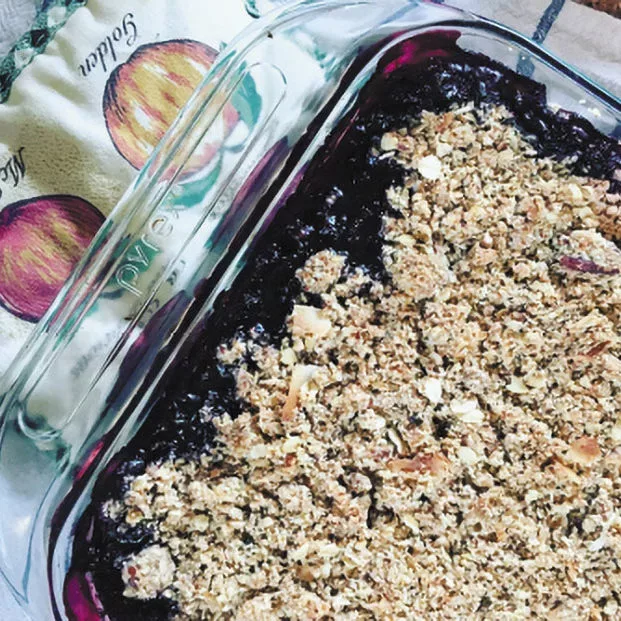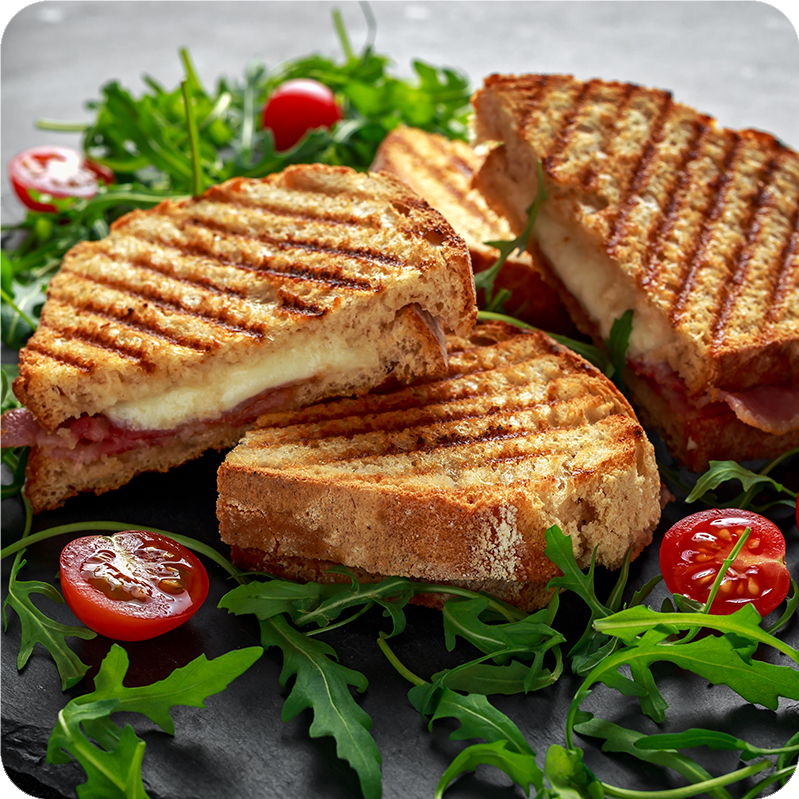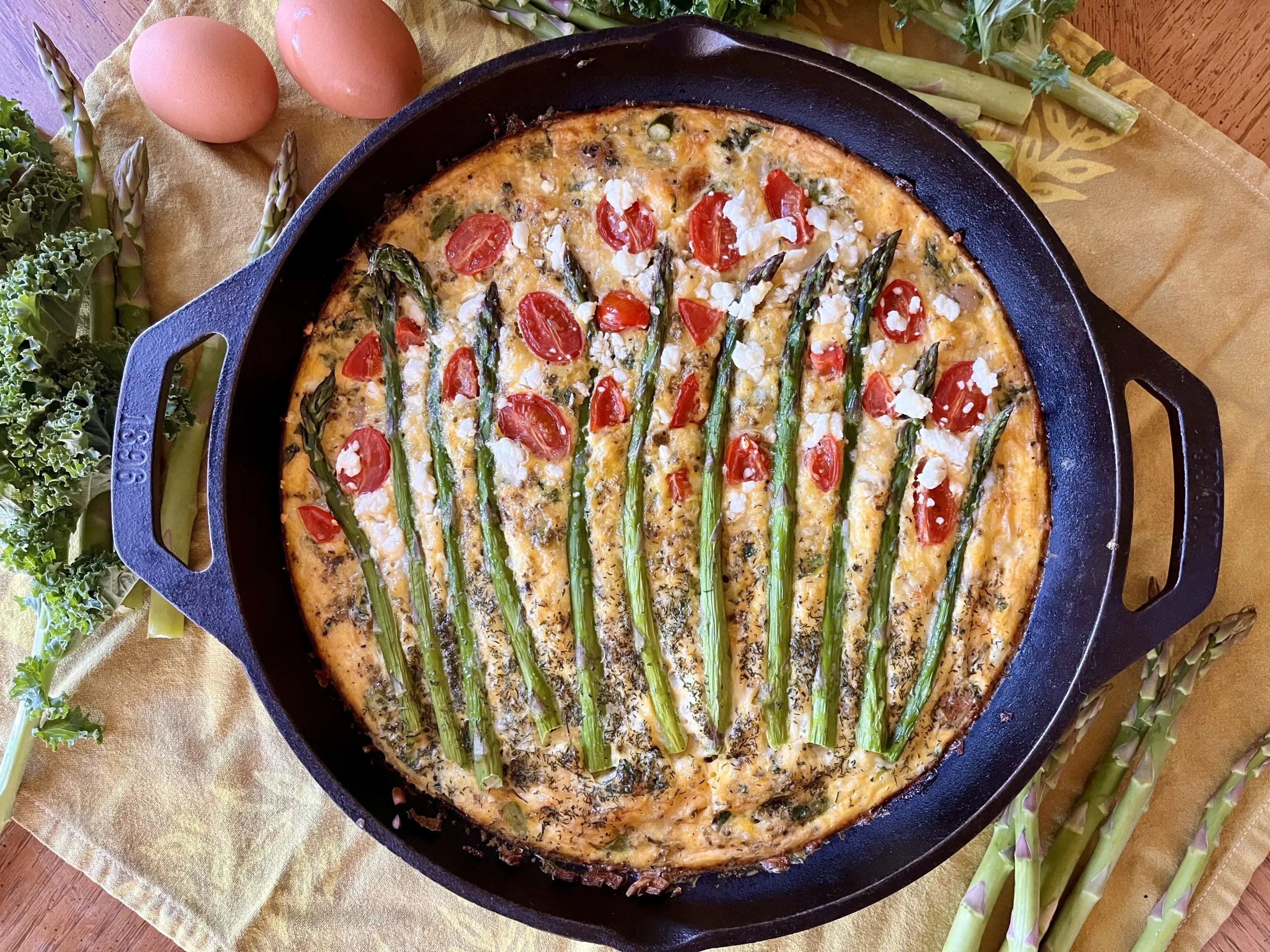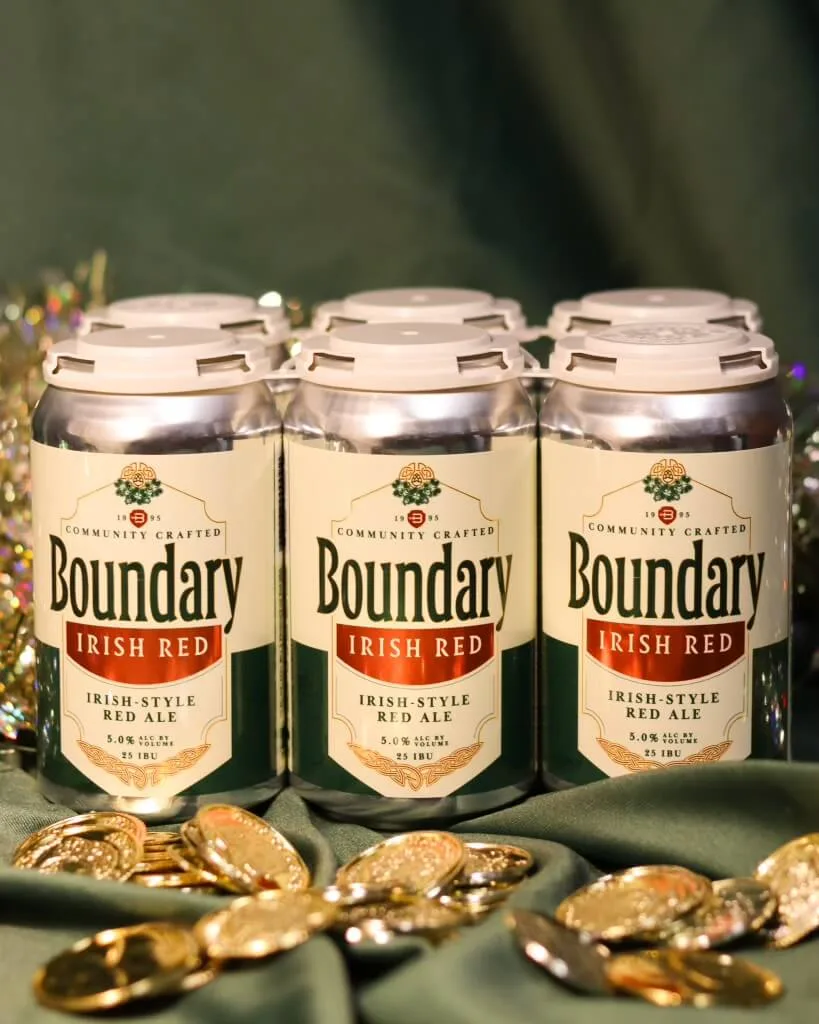
Low FODMAP Double Berry Pecan Crisp
Staying away from fall favorites such as apples and pears is a must if you are following a Low FODMAP diet.
If you still have frozen bags of summer’s harvest in your freezer then this recipe is for you. You can use whatever mixture of cherries, blueberries, blackberries, and raspberries you have on hand.
MAKES 4-6 SERVINGS (GLUTEN-FREE & VEGAN)
Nutritionist Tips: If using frozen berries, allow them to thaw a little bit on the counter before using. Sugar can be replaced with coconut sugar if desired. White rice flour and arrowroot powder can be purchased in small amounts in the bulk section, so you do not need to buy a huge bag just for a single tablespoon. I personally prefer to use butter or ghee but, if you are vegan, coconut oil is just as delicious.
Ingredients
For the crisp:
- 4 cups fresh or frozen berries
- 2 tablespoons sugar
- 1 tablespoon arrowroot powder
- ½ teaspoon cinnamon
- ¼ teaspoon cardamom
- generous pinch sea salt
For the streusel:
- ½ cup gluten-free rolled oats
- ¼ cup chopped pecans
- 2 tablespoons dry shredded coconut (unsweetened)
- 1 tablespoon white rice flour
- 1 tablespoon sugar
- ¼ teaspoon ground cardamom
- ¼ teaspoon ground cinnamon
- generous pinch sea salt
- 1½ tablespoons coconut oil/butter or ghee, melted
Method
- Preheat your oven to 350 degrees F. In a medium bowl add the filling ingredients and stir to combine. Scoop the mixture into a small glass or ceramic baking dish, cover with a glass lid or cover with foil, and bake for 25 minutes. Remove from oven, stir, and top with streusel (see below).
- To make the streusel combine the rolled oats, pecans, shredded coconut, rice flour, sugar, cinnamon, cardamom, and salt. Stir to combine. Add in the melted coconut oil and mix until the coconut oil is dispersed throughout.
- Evenly spread the streusel mixture over the top. Place into oven and bake uncovered for 20-25 minutes or until the crisp is golden. Remove from the oven and serve alone or with a dollop of coconut whipped cream.






